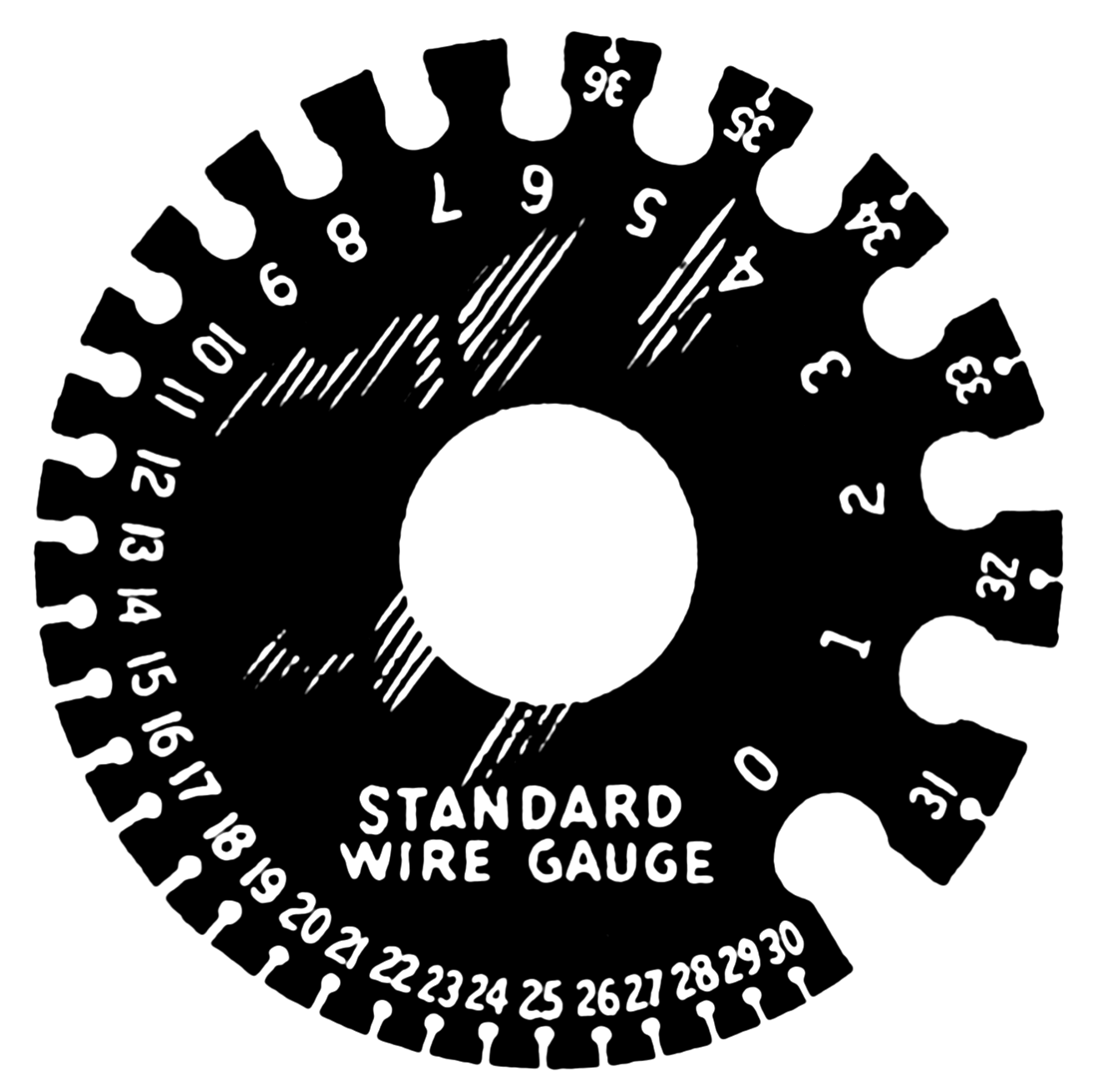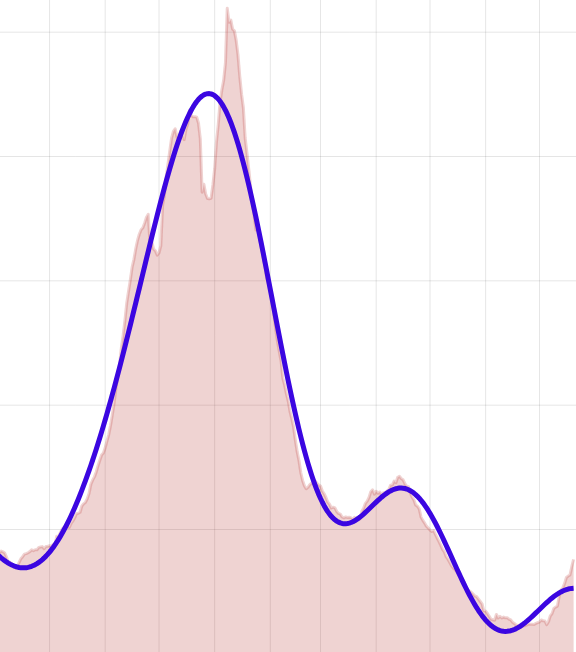Let’s Blame the Accountants
by Brian Hayes
Published 20 September 2008
Economics has always mystified me, but watching the death spiral on Wall Street this past week has left me even more baffled than usual. I don’t pretend to understand what’s happening. But this morning I’ve begun to wonder if maybe—just maybe—there are some aspects of this debacle that I fail to understand not just because I’m thick but because they actually don’t make sense.
The part that’s puzzling me right now is an accounting rule known as “mark to market.” If I understand correctly, the gist of the mark-to-market principle is that the value of a thing is whatever you could get for it if you were to sell it right now. “Fair value” = “current exit price.” For some kinds of assets there’s a longstanding tradition of assigning value in this way, but in the past year the rule has been applied much more broadly. (See Rule 157 of the Financial Accounting Standards Board, which took effect November 7, 2007.)
Is it really a good idea to equate price and worth quite this rigidly? I’m not trying to overturn all that adamsmithian capitalist orthodoxy about a willing buyer and a willing seller and an invisible hand. And I understand that mark-to-market was introduced as an improvement over the mark-to-wishful-thinking kind of accounting that led to the previous round of scandals, such as Enron. Still, could it be that we’ve gone too far?
Consider the guy who sells umbrellas on the sidewalk around the corner from the New York Stock Exchange. Under mark-to-market rules, his inventory is assigned a much higher value on rainy days and becomes nearly worthless when the sun shines. I suspect that the umbrella guy has a very clear understanding of how the weather affects his business, and yet he doesn’t just throw away all of his stock whenever the sky turns blue. He knows that under those conditions he can’t sell an umbrella at a profit, but he still considers the umbrella to have a certain intrinsic worth. He hangs on to it. He carries it on his books as an asset. This concept of inherent value is apparently too sophisticated for the traders inside the exchange. In that world, if the Emir of Dubai doesn’t need an umbrella on Monday, then all umbrellas are “toxic.” But if the Secretary of the Treasury asks for an umbrella on Friday, then everybody invests in umbrellas.
Surely I’m missing something. It can’t be this stupid.
Responses from readers:
Please note: The bit-player website is no longer equipped to accept and publish comments from readers, but the author is still eager to hear from you. Send comments, criticism, compliments, or corrections to brian@bit-player.org.
Publication history
First publication: 20 September 2008
Converted to Eleventy framework: 22 April 2025




I don’t really know anything about this, but here’s a guess that sorta sounds like it makes sense:
Speculation on umbrellas should keep the price fairly constant between rainy and sunny days; if the price is low on sunny days, and everyone knows that it will be higher at some point in the future when it rains, speculators should buy umbrellas whenever the price drops far enough below the rainy day price that buying umbrellas and reselling them when it rains will be more profitable than, say, putting their money in a savings account.
Finance Major/Econ Minor here, and Moodworves has it right. Prices will remain somewhat stable due to three factors.
1) People will still buy umbrellas in anticipation of rainy days.
2) Umbrella merchants and suppliers will be glad to transact with each other on sunny days because they know that rainy days will happen, and thus build the certainty of rainy days into the prices.
3) If prices ever become too out of whack, umbrella speculators will snap them up cheap in anticipation of making an eventual profit when prices rise again.
Of course, we aren’t really talking about umbrellas, are we? ;)
@ Moodworves and jthurley: Sorry, but I remain skeptical about this idealized view of the smoothly functioning umbrella market. The pricing mechanism you describe assumes an abundance of willing and well-financed umbrella arbitrageurs — but that’s the very thing whose existence seems to be in question right now. If there are speculators out there eager to buy distressed inventory, then why are the banks unable to sell their “toxic” umbrellas? The premise of Henry Paulson’s plan is that the Treasury will buy unwanted umbrellas now and sell them later, perhaps at a profit. But if that’s a realistic plan, umbrella speculators should already be snapping them up cheap in anticipation of making an eventual profit, and there would be no need for government intervention.
There’s an article in the Post this morning about mark-to-market:
http://www.washingtonpost.com/wp-dyn/content/article/2008/09/22/AR2008092202688.html?hpid=topnews
I guess you have to assume an orderly umbrella market.
The current problems stem from too many investors’ having purchased leaky umbrellas. When they assigned value to them, they thought, “sure it’s worth less than a functioning umbrella, but let’s say it’s worth 80%!” In actuality, an umbrella that won’t keep rain off is worth zero, a fact that somehow eluded these geniuses until it started raining.
I find this post less sophisticated than your usual fare. Maybe the problem is that all of the beautiful math is in the complex models. “An asset is worth the price someone will pay” is no less true for being simple.
Of course many investors did willingly pay inflated prices for these assets, once upon a time. My feeling is that this had more to due with negligence and malfeasance on the part of certain financial firms and rating agencies than with stricter accounting standards.
Mark-to-market accounting was one of the significant factors in the Enron scandal, so your skepticism may be well placed… :)
Is there an alternative to mark-to-market other than mark-to-opinion?
I think your understanding is correct. The weather is a business model which the umbrella guy is running inside his head. Before I invest in his business, how do I check he knows anything about the weather? He could be an ex-Bear Stearns trader. Mark his umbrellas to market!
It occurred to me last night that clothing retailers seasonally dump their inventory like an umbrella seller would do on sunny days, if he could accurately predict when the next rain is. The best time to buy a swimsuit is right now, and the worst time is at the beginning of summer. What is the inherent value of a swimsuit in winter, when you can’t buy one?
You’ve smoked out an accountant.
It’s not the umbrella-seller’s inventory value that bounces up and down according to the weather, it’s the retail value. If it’s not raining, nobody’s buying so the sales price is nil; if it’s raining, he can whatever the going price is. If he’s got money, and can afford the holding costs, he can ignore the sunny intervals, and earn his margin when it rains.
Where he gets screwed is if he borrowed from a shark to buy his inventory of umbrellas, and Shark A wants the money back tonight, and there’s no Shark B to roll over the debt into. Umbrella man needs to liquidate his entire inventory today. Even then, whether he can pay Shark A or needs to leave town quickly doesn’t really depend on whether it’s raining today or not. If there’s a Whale out there, which has money and can afford the holding costs until winter, then the issue will be: is Whale offering enough that umbrella man will sell, and come to an arrangement with Shark, or does he dump his inventory and run away? Averaging over a few people, there ought to be a deal there, and hence a market price.
Two conditions then become significant: (1) there need to be some Whales; (2) if there are any, they need to believe that it’s going to rain about the usual amount this winter, and that people will buy or replace umbrellas at about the rate they traditionally have.
This is probably OK for umbrellas, but less so for financial assets (FAS 157 applies to the latter, not the former). The first condition is about liquidity. The “market price” will hold up if there are enough people around who can afford the costs of holding assets until their full sales proceeds are realised. For many financial assets, this can take a long time, and needs institutions solvent enough to bear the holding costs until the profits come through. The second condition is more directly about solvency: if you’ve borrowed $1,000 to buy assets in a bubble, and any potential buyer thinks there’s no more than $500 to be earned from those assets, however long you hold them, then if you need to cash your position out now, you’ve lost $500. If you have enough capital to take the hit, then you survive. Maybe in crimped and emaciated form. Maybe in a few years time it turns out you were right in the first place, and the assets in the end pay $1,000: the profit goes to somebody else who was liquid at the right time. If you haven’t enough capital, you’re bust.
The problem with “mark to market” is that liquid solvent institutions can end up reporting book losses on transactions which in the end turn out to be profitable. In some cases, these institutions will have misrepresented their ultimate performance.
The advantage of “mark to market” is that the less liquid and less solvent institutions have to report potential losses on transactions as soon as the market suspects that they may not be profitable. In some (many?) cases, these institutions will have correctly represented their ultimate performance.
Which do you prefer? This is a real question, not a rhetorical one.
Kind regards
GMHurley
In the case of umbrellas, umbrellas are inventory and are held at historical cost on this man’s balance sheet they are not marked to market. Market to Market is reserved for investments, if the man selling umbrellas bought a stock at $20 and at the end of the year the stock is currently selling at $5, then the umbrella salesman must recognize a $15 write down to his investments and a loss to his Other Comprehensive Income not his regular Income Statement (whole other matter entirely). In closing, if his stock price went up he would recognize a gain, and you could bet your boots that if these same Companies upset about mark to market were seeing gains and not losses, you wouldn’t hear one complaint about this accounting practice.
Blame the accountants? Why not where appropriate blame the bankers.